Who Are We?
The Naval Systems Cyber Defense Chair: A Multidisciplinary Project
For over twenty years, the École Navale, Naval Group, THALES, and IMT Atlantique have collaborated on scientific exchanges and research in the fields of naval systems, information systems, and telecommunications.
In October 2014, these four partners, supported by the Brittany region, under the supervision of the French Navy and the high patronage of the General Officer for Cyber Defense, established the Naval Systems Cyber Defense Research Chair in Brest and Lanvéoc-Poulmic.
In 2019, ENSTA Bretagne joined the original founding team, contributing to the management and supervision of research programs.
In April 2023, a convention was signed between the founding members and ENSM, which joined as an associate member.

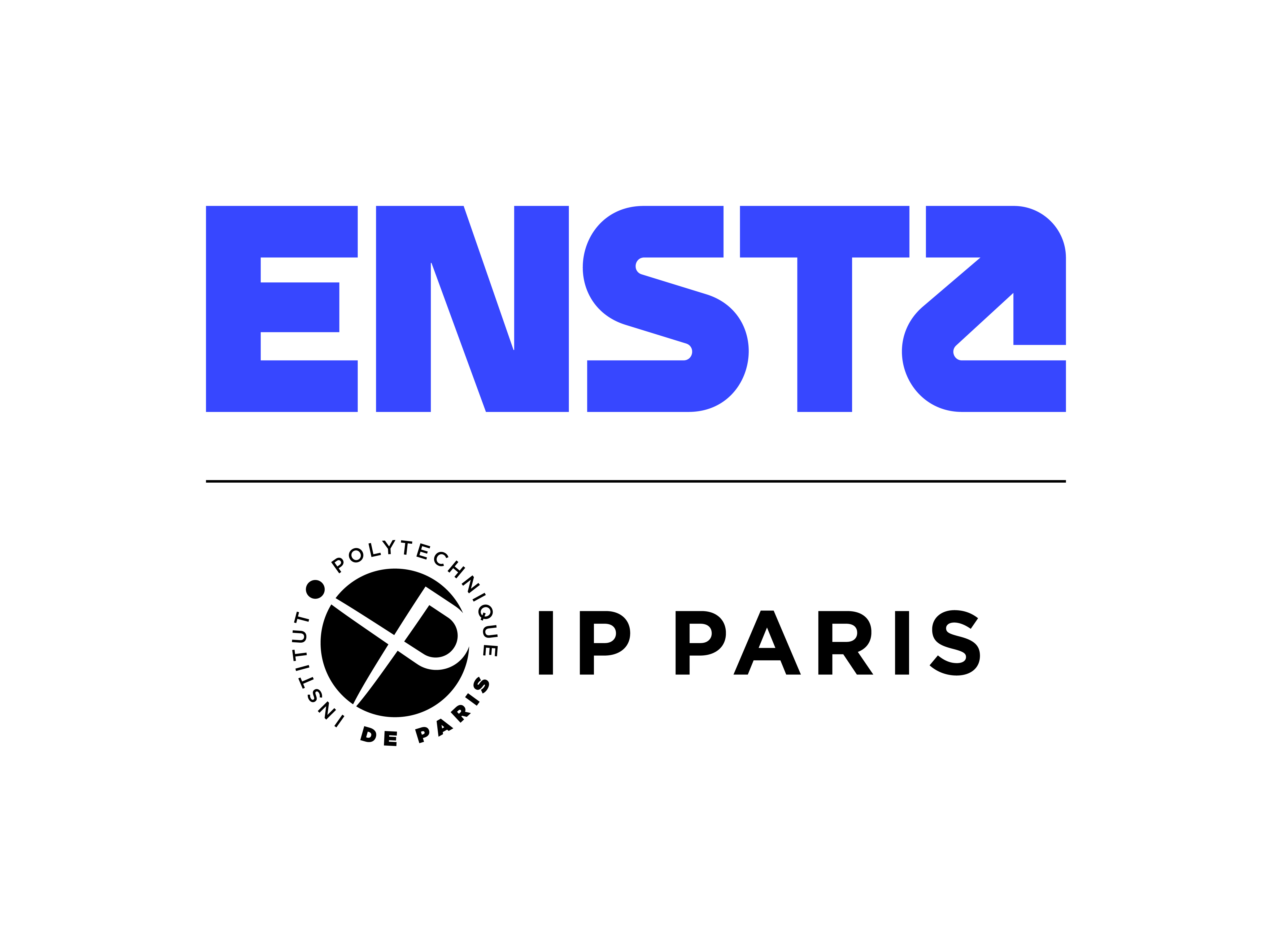
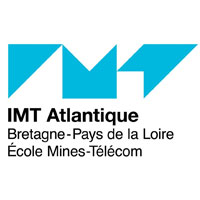
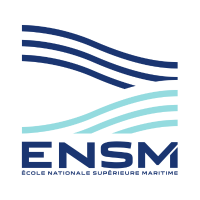
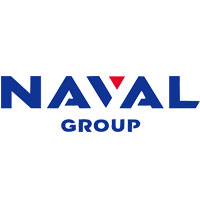
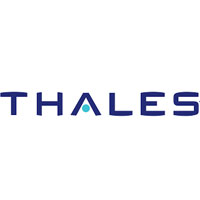
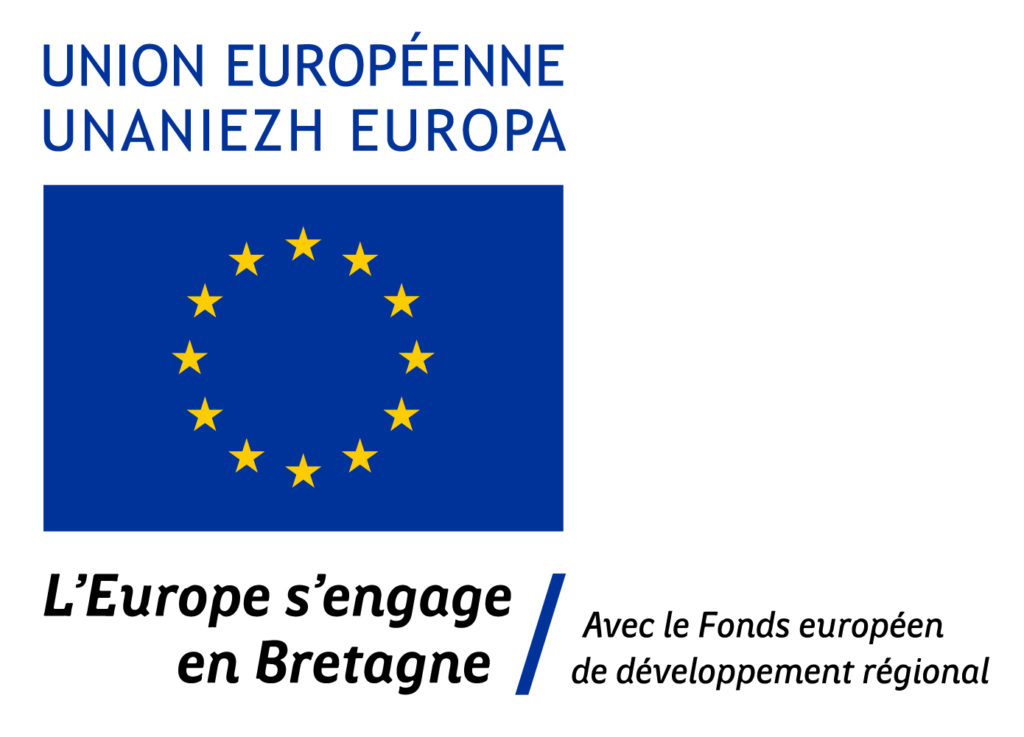
Our Areas of Excellence: Education & Research
Education & Awareness:
- Train future information systems professionals in cybersecurity, helping them identify key risks and solutions.
- Raise awareness among current professionals, enabling them to anticipate cyber threats and react efficiently using dedicated platforms and exercises.
- Provide doctoral-level training to develop cybersecurity experts specialized in maritime environments.
Research:
- Ensure high-quality higher education, a high level of expertise, and the development of cutting-edge industrial technologies.
- Explore and develop new approaches and tools to protect complex naval systems.
Our Scientific Focus Areas:
- Protecting sensitive onboard information
- Assessing the reliability and integrity of data collected by sensors and used in naval information systems
- Analyzing security vulnerabilities and intrusions targeting these systems
- Deploying tailored software patches when necessary, along with other security measures to ensure system resilience
- Supporting decision-making in critical situations
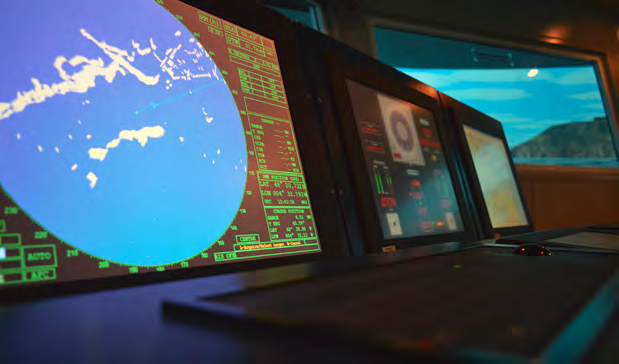
A Key Challenge: Securing the 21st-Century Hyper-Connected Ship
Since ancient times, maritime trade has fueled the growth of civilizations and helped nations assert their power by controlling sea routes. In parallel, piracy has persisted, with individuals and organizations seeking control over commercial traffic or profiting from stolen cargo.
Modern piracy is no longer just a physical threat—with the rise of digital technologies and the omnipresence of the Internet, cybercriminals now exploit security flaws rather than relying on boarding ships.
For example, a military ship designed by Naval Group contains:
- 300 onboard computers
- 350 km of cables
- 150 network devices
- 30 real-time processors
- 400 automation systems
- A complex software system responsible for combat functionalities, consisting of 35 million lines of code
Three Key Technological Objectives in Naval Systems:
-
Automation:
- Essential due to the need to reduce costs and crew sizes
- Enhances safety by replacing dangerous tasks with automated processes
- Uses SCADA systems to control onboard equipment
-
Navigation & Route Optimization:
- Accounts for obstacles, fuel efficiency, and weather conditions
- Integrates real-time environmental data into maritime maps
- Advances autonomous ship development, enabling vessels to adapt dynamically to changing conditions
-
Data & Digital Maps:
- Ships now rely on real-time digital mapping systems
- Sensors provide critical onboard and environmental data
- Captains receive precise insights on:
- Fuel reserves and battery levels
- Current speeds and ship proximity
- Ocean depth and navigational hazards